Content from the Brookings Institution India Center is now archived. After seven years of an impactful partnership, as of September 11, 2020, Brookings India is now the Centre for Social and Economic Progress, an independent public policy institution based in India.
While Mr. Modi’s foreign policy objectives are the same as his predecessor, what has changed is the implementation and operationalization of these objectives.
During the hustings last year foreign policy was barely mentioned in Narendra Modi’s campaign. However a year after his stunning victory, which gave India its first majority government in nearly 30 years, Prime Minister Modi has emerged as one of the most dynamic Indian and, indeed, international leaders in the realm of foreign policy. As he marks his first anniversary he has already notched an impressive list of foreign policy ‘firsts’: the first to invite leaders from the South Asian Association of Regional Cooperation (SAARC) countries to his swearing-in; the first to host an American president at the Republic Day celebrations and have two summits within six months; the first to call for “peace, stability and order” in oceans, outer space and cyber space; and the first to articulate the need for India to lead the fight against climate change and take responsibility to help counter new threats to global peace and security.
Foreign Policy Priorities
In retrospect Mr. Modi’s foreign policy activism is inevitable and is driven by the twin objectives of making India the world’s third largest economy and, consequently, a key player in an emerging multi-polar world. To achieve these objectives, two conditions are essential: first, ensuring a no-war scenario in the SAARC neighborhood, which would make India an attractive destination for foreign investment and, second, developing the ability to shape the rules in global institutions, which will have a direct bearing on the country’s economic well-being.
These objectives are not new. What has changed in Mr. Modi’s stead has been the implementation and operationalization of some of the New Panchsheel in a more meaningful way to deepen and widen India’s foreign policy engagement.
The major thrust of Mr. Modi’s foreign trips and bilateral engagements so far has been to attract investment and technology by reviving stalled ties with strategically important countries, such as the United States and France, and energizing decades-old neglected relationships with Japan, Australia, Germany and Canada. His robust engagement led to Japan and France promising to invest 35 billion dollars and 2 billion euros respectively and the U.S-India Business Council estimating 41 billion dollars investment in coming years. Chinese premier Xi Jinping’s September 2014 visit to India saw Beijing committing to invest 20 billion dollars in India over the next five years. Similarly, breakthroughs in agreements on civil nuclear cooperation with Canada and the U.S. further bolstered his foreign policy and economic agenda. Nonetheless, the sum of these investments is still only a fraction of the one trillion dollars that India estimates it needs for infrastructure alone.
Mr. Modi’s proactive participation in multilateral fora such as the United Nations General Assembly, the Brazil, Russia, India, China, South Africa (BRICS) summit, and the G-20 summit was also primarily aimed at seeking investment or, as a corollary, shaping emerging norms and institutions. The former was evident in India’s active involvement in the establishment of the New Development Bank at the BRICS summit and New Delhi’s appointment as the bank’s inaugural president. Signing up to the Chinese-led Asian Infrastructure Investment Bank further reflects a desire to seek new streams of investment. Similarly, Mr. Modi’s government used the G-20 summit in Australia to highlight its investment, infrastructure and human resources priorities. Mr. Modi’s rapport with world leaders in multilateral fora signals an important shift in attitudes towards India and its potential.
Mr. Modi has also systematically courted the influential Indian diaspora in the developed world to perform two roles: first as ambassadors garnering support for India’s global rise in their host nations and, second, as a source for foreign direct investment as well as remittances, given that India is the world’s leading recipient of foreign remittances constituting about 3.7 per cent of its GDP. While his now familiar ritual of addressing the diaspora in rock concert like settings is a start, the process will have to be sustained if overseas Indians are to be convinced to invest politically and economically in India. Mr. Modi’s directive to India’s diplomats at the annual Head of Missions conclave in February to engage more actively with the Indian diaspora to invest in India is an effort in this direction.
Threats and Constraints
It is worth noting that Mr. Modi’s foreign policy initiatives have been undertaken in a vastly more chaotic and changing geopolitical and economic world as compared to his predecessors. India faces an economically rising China to the east, staking a claim on disputed territories in the Asia-Pacific region and spreading its influence to the littoral states of the Indian Ocean. To the west, the relationship with Pakistan continues to be fraught with difficulties with no solutions in sight in the near future. To the north, India faces a long-term ally and recalcitrant Russia, under sanctions by the western powers for its intervention in Ukraine. Beyond India’s immediate neighbourhood, it has to adjust to an inwardly focused United States, bruised after a decade and a half of conflict and reluctant to flex its muscle anymore. Islamic terrorism remains a major threat to global security with long-established states – home to large number of Indians – fracturing across West Asia and Africa. The Indian hostages still in captivity in Iraq and the high-profile naval operations to evacuate Indians and other civilians from Iraq, Kuwait and Yemen indicate the complexity and magnitude of this challenge. So far Mr. Modi has been reactive rather than proactive in addressing each of these issues even though, doubtless, they will impact on India’s strategic future in the years to come. The challenge for Mr. Modi then is to leverage foreign policy to advance India’s economic agenda rather than have it derailed by events abroad.
At home the government’s foreign policy objectives are likely to be stymied by three systemic issues. First, lack of capacity in the Indian foreign policy establishment—the smallest not only among the G-20 countries but also in the BRICS group of countries—to take on the responsibility that is being asked of it. Unless that is addressed both quantitatively and qualitatively, the government’s bold initiatives might come to naught. While the government has taken steps to augment capacity, there is still a long way to go.
Second, apart from small numbers, India’s foreign ministry also lacks an institutionalized process of policy planning and making. This was evidenced when the recently appointed Foreign Secretary, S. Jaishankar queried senior officers as to who does the thinking about overall foreign policy in the government and was met with embarrassed silence. Steps have now been taken to empower and revamp the policy planning and research division to fulfill this role.
Third, the inability of New Delhi to effectively engage key state governments as stakeholders in the foreign policy process can also scuttle bold initiatives. For instance the West Bengal government’s opposition to the Teesta River Agreement with Bangladesh left India’s previous prime minister embarrassed in talks with Dhaka. Recognizing this concern the new government has established a new division within the foreign ministry to increase engagement between the Centre and state governments. Additionally, senior foreign service officers have been asked to work closely with at least two states so as to ensure their engagement in the foreign policy process.
While these are all much needed initiatives to update the foreign policy process and apparatus the changes are unlikely to take effect before the government’s second anniversary.
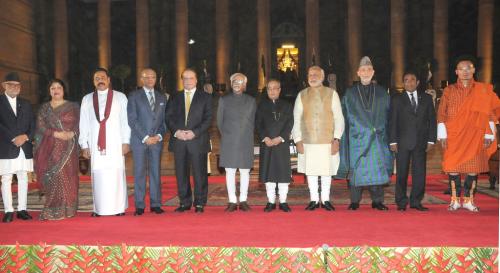
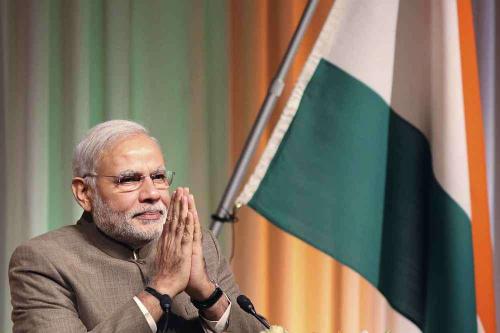
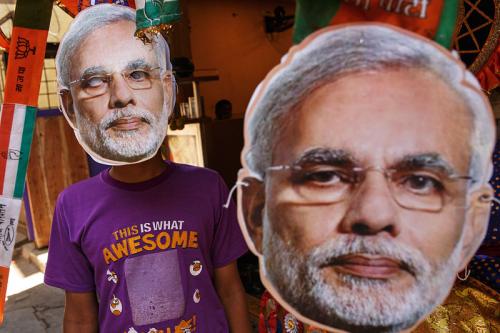
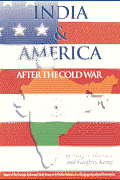
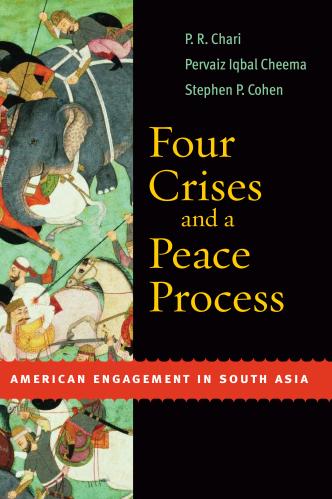
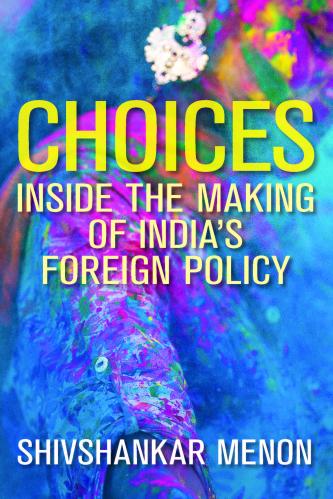


Commentary
Op-edBold Initiatives Stymied by Systemic Weakness
IndiaGov@365
May 6, 2015